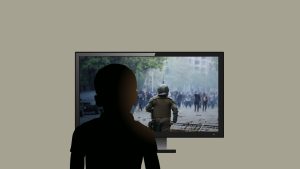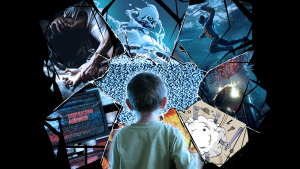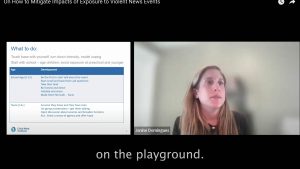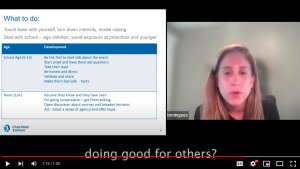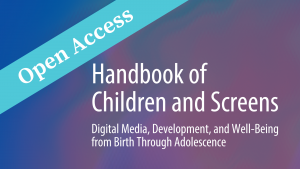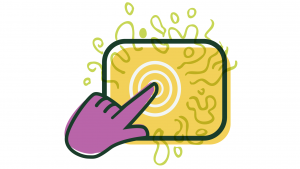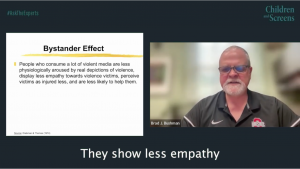
Brad J. Bushman, PhD (Professor of Communication, The Ohio State University), describes how the bystander effect–high consumption and exposure to violent media–can impact children’s perceptions of and behavior toward real-world violence at the #AskTheExperts webinar “Violent Media, Toxic Online Spaces, and Youth Aggression,” on Wednesday, April 30, 2025.
Read the Video Transcript
[Dr. Brad J. Bushman] The bystander effect: the more you consume, the less you care. People who consume a lot of violent media become numb to its effects. They’re less physiologically aroused by real depictions of violence. They show less empathy towards violence victims. They perceive those victims as injured less, and they’re less likely to help them. So, for example, one study found that children are less willing to intervene when they saw two children, two younger children, fighting if they had previously watched a violent film compared to a nonviolent film.
View the Full Webinar
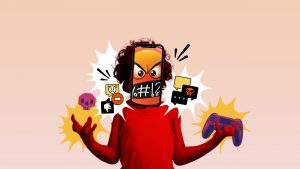
Violent Media, Toxic Online Spaces, and Youth Aggression
When does exposure to violent or toxic online content start to negatively impact young people's behavior, and what should parents and caregivers do about it?
Michael Rich, MD, MPH
Associate Professor of Pediatrics, Harvard Medical School; Director, Digital Wellness Lab at Boston Children’s Hospital
Stephanie Fredrick, PhD, NCSP
Associate Director, Alberti Center for Bullying Abuse Prevention, University at Buffalo, SUNY
Brad J. Bushman, PhD
Professor of Communication, The Ohio State University
Jun Sung Hong, PhD
Associate Professor, School of Social Work, Wayne State University; Visiting Professor, Department of Social Welfare, Ewha Womans University, South Korea
Rob Eschmann, PhD
Associate Professor, School of Social Work, Columbia University; Faculty Associate, Berkman Klein Center for Internet and Society, Harvard University
